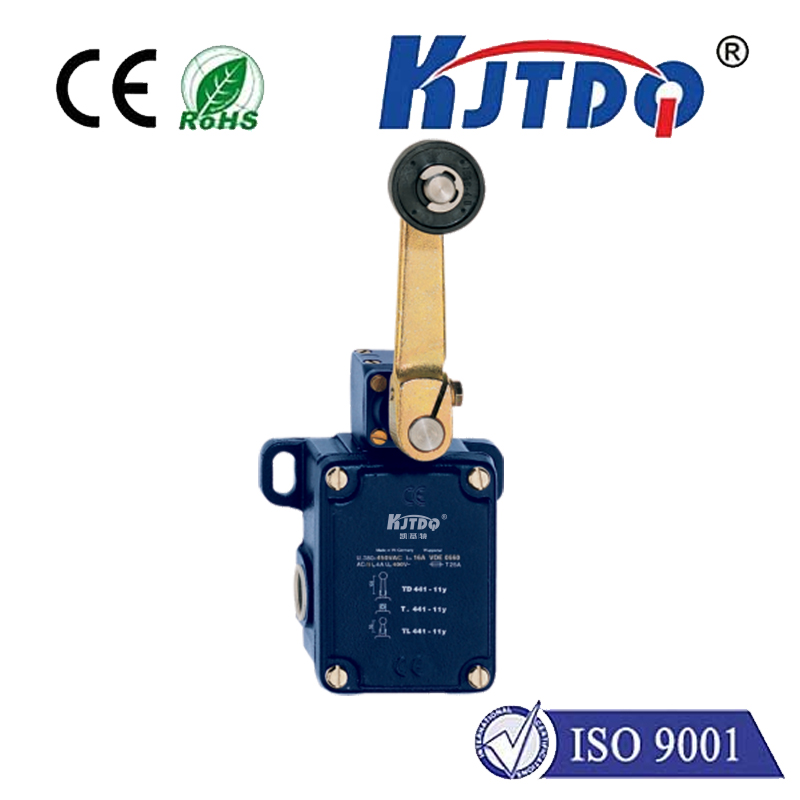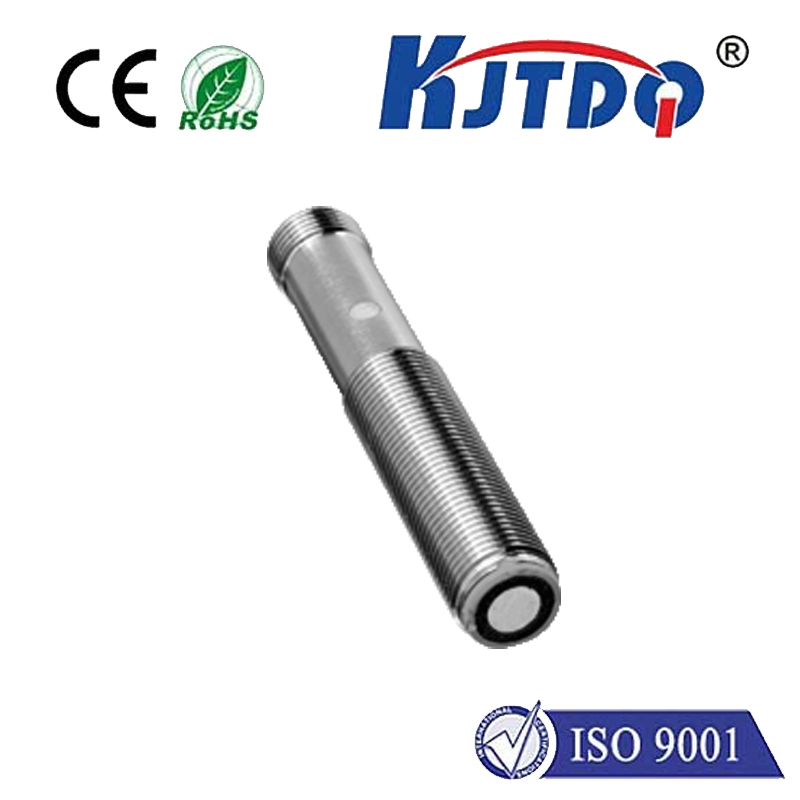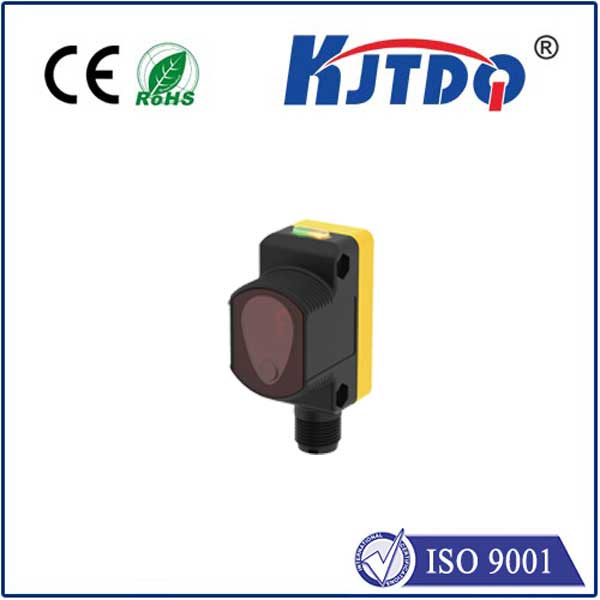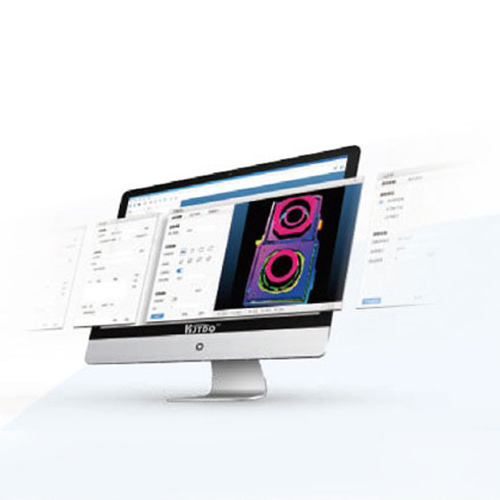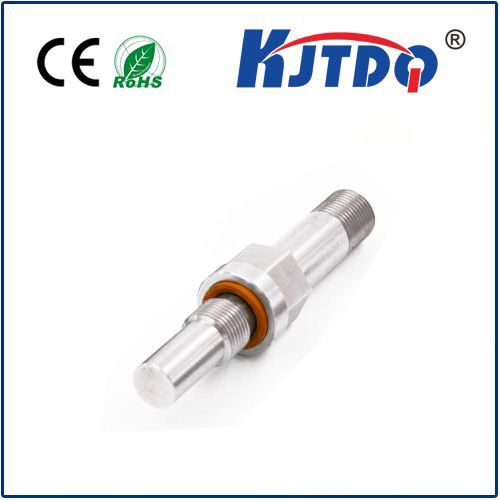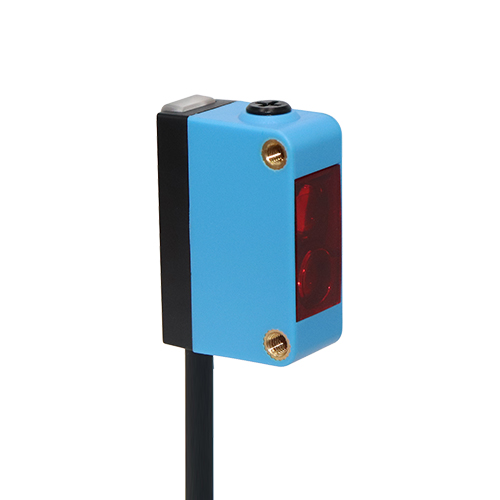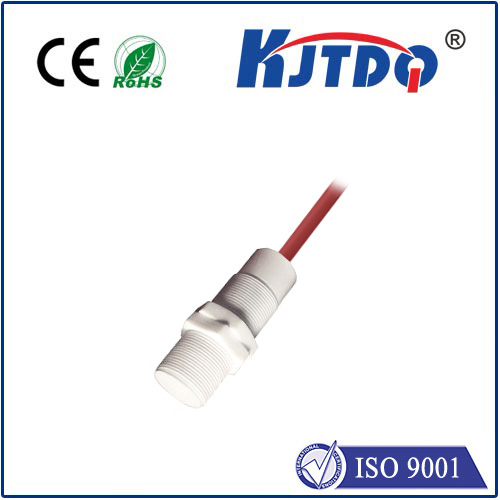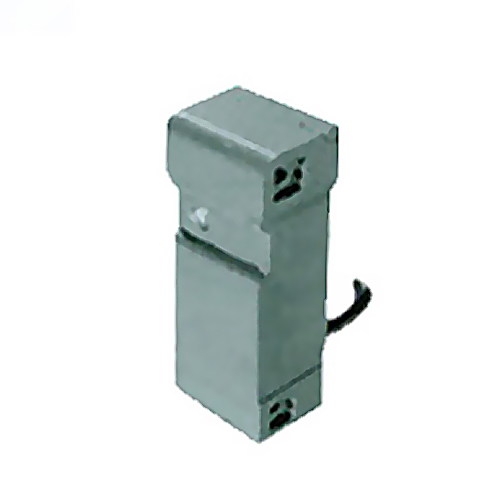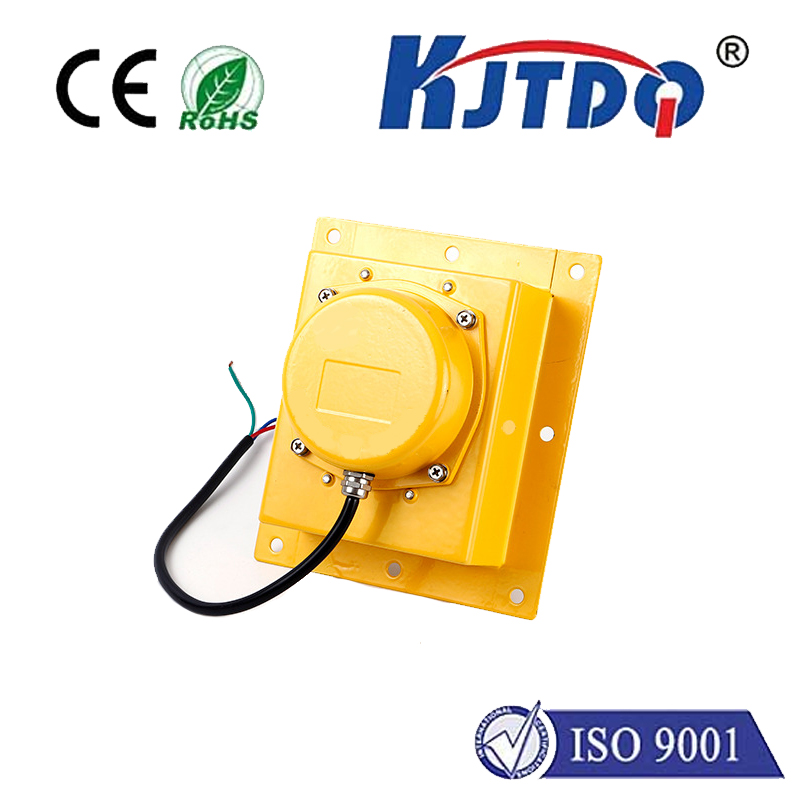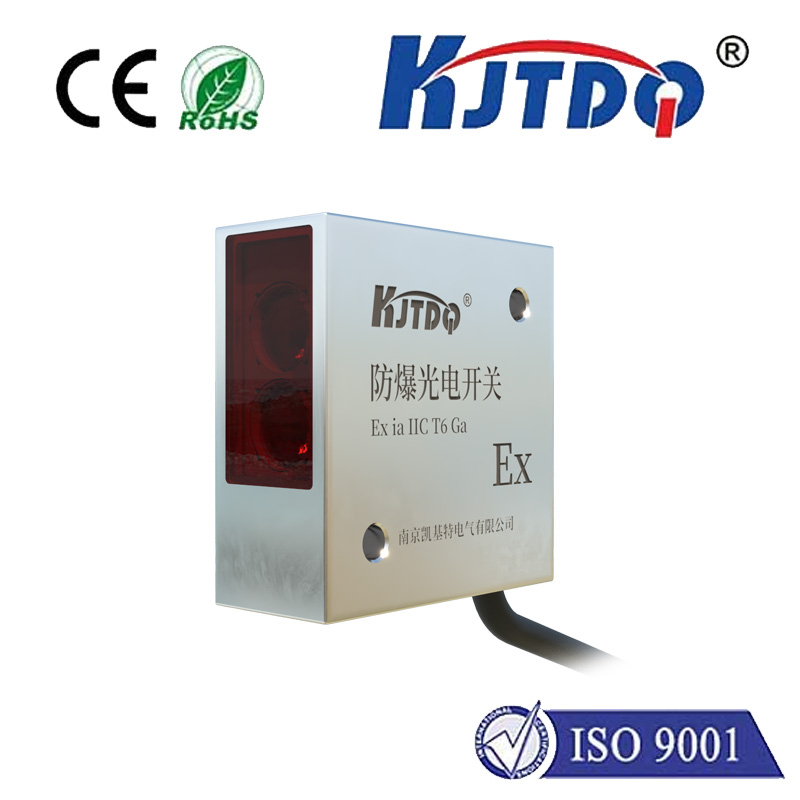thermal sensor for human detection
- time:2025-08-21 02:48:04
- Нажмите:0
Beyond the Visible: Unlocking Security and Efficiency with Thermal Sensors for Human Detection
Thermal Sensors for Human Detection: Revolutionizing Presence Awareness Across Industries
Imagine technology that “sees” heat rather than light, capable of pinpointing a person’s presence through darkness, smoke, or dense fog. This isn’t science fiction; it’s the tangible power of thermal sensors for human detection, fundamentally changing how we approach security, safety, and automation. Forget reliance on visible light; these advanced devices operate by detecting the subtle infrared radiation emitted by every warm object, primarily humans. This capability opens doors to robust, reliable, and privacy-conscious solutions where traditional sensors fall short.
Seeing the Unseen: How Thermal Detection Works
At the heart of this technology lies the principle that all objects with a temperature above absolute zero emit infrared (IR) energy. Humans, with a typical body temperature around 37°C (98.6°F), emit a distinct pattern of IR radiation, creating a unique thermal signature. Thermal sensors, specifically microbolometer-based infrared cameras in most human detection applications, capture this emitted radiation.
These sensors contain thousands of tiny detector elements. When IR radiation hits these elements, they heat up slightly, changing their electrical resistance. This change is measured and converted into a detailed temperature map, visualized as a thermal image where warmer objects appear brighter against cooler backgrounds. Sophisticated algorithms then analyze these images to identify and localize the distinct heat patterns associated with human forms, triggering alerts or actions without ever needing a facial close-up or identifiable visible features.

Why Thermal Reigns Supreme Over Traditional Methods
Compared to conventional human presence detectors, thermal sensors offer compelling advantages:
- Unparalleled Performance in Darkness: Visible light cameras, motion detectors (PIRs), and ultrasonic sensors struggle significantly in low-light or complete darkness. Thermal cameras operate equally effectively 24⁄7, independent of ambient light conditions. This makes them indispensable for perimeter security, nighttime surveillance, and emergency response.
- Penetrating Obscurants: Smoke, fog, dust, and light foliage pose significant challenges to optical cameras and even LiDAR. Infrared radiation can penetrate these environmental obscurants much more effectively, maintaining reliable detection capabilities when visibility is severely compromised.
- Robust Against Camouflage: While conventional cameras can be fooled by clothing patterns or backgrounds, thermal sensors detect the body’s inherent heat. Standard camouflage is largely ineffective against them. Body heat signature detection provides a more reliable indicator of presence than visual appearance.
- Enhanced Privacy: Unlike optical cameras that capture detailed facial characteristics or clothing, thermal imaging typically presents individuals as anonymous, indistinct “heat blobs.” This significantly reduces privacy concerns, making thermal sensors suitable for areas like restrooms, changing rooms, or private residences where detailed visual surveillance would be inappropriate or intrusive.
- Reduced False Alarms: Sophisticated analytics can differentiate between humans, animals (often based on size and heat profile), and other heat sources like vehicles or machinery, minimizing nuisance alerts that plague simpler motion detectors triggered by pets or blowing leaves.
- Passive and Undetectable: Thermal sensors are passive receivers of infrared energy. They don’t emit any light (like some night vision illuminators) or sound (like ultrasonic sensors), making their operation completely covert and non-disruptive.
Diverse Applications: Where Thermal Human Detection Shines
The unique capabilities of thermal sensors make them ideal for a wide array of applications:
- Perimeter Security & Intrusion Detection: Protecting critical infrastructure, warehouses, construction sites, and large estates. Thermal cameras provide early warning of trespassers approaching fences or sensitive areas, day or night, regardless of weather.
- Building Automation & Energy Efficiency: Smart HVAC and lighting systems leverage occupancy detection via thermal sensors to activate or deactivate in specific zones only when people are present, leading to significant energy savings.
- Commercial Security: Safeguarding retail stores, offices, and banks during after-hours. Thermal provides reliable intrusion detection without revealing proprietary layouts or sensitive information visible to optical cameras.
- Search & Rescue (SAR): Crucial for locating missing persons, especially at night, in dense forests, under rubble, or in smoke-filled buildings after fires. The heat signature of a person stands out clearly against cooler backgrounds.
- Industrial Safety: Monitoring restricted or hazardous areas within factories (e.g., near heavy machinery, chemical storage) to ensure personnel safety protocols are followed. Can also detect workers in dangerous situations (e.g., fainting in confined spaces).
- Healthcare & Elderly Care: Enabling non-intrusive monitoring in hospitals or assisted living facilities to detect falls or unusual absence of movement without compromising resident dignity. Privacy-preserving monitoring is a key benefit here.
- Traffic Monitoring & Vehicle Occupancy Detection: Used in smart traffic systems to detect pedestrians at crossings in poor visibility or to identify vehicles with specific occupant counts for HOV lane enforcement.
Key Considerations for Implementation
While powerful, deploying thermal sensors effectively requires careful consideration:
- Environmental Factors: Extreme environmental conditions (very high ambient temperatures, heavy rain/snow, direct intense sunlight) can impact performance. Selecting sensors rated for the operational environment is crucial. Understanding environmental obscurants and their specific impact is key.
- Range and Field of View (FoV): Sensor resolution and lens specification determine effective detection range and coverage area. Higher resolution is needed for identifying smaller targets or longer ranges. Matching the FoV to the specific application zone is essential.
- Software Analytics: The detection reliability heavily depends on the sophistication of the software analyzing the thermal images. Robust algorithms for object classification (human vs. animal vs. vehicle) and behavior analysis are vital to minimize false positives and false negatives.
- Cost: Thermal sensors, particularly higher-resolution cameras, represent a larger initial investment than simple PIR motion sensors or basic visible light cameras. However, their enhanced reliability, reduced false alarms, and 24⁄7 capabilities often provide a strong return on investment (ROI) for critical applications.
- Regulation and Privacy: While inherently privacy-friendly, it’s always essential to comply with local regulations regarding surveillance and monitoring, ensuring ethical deployment of human presence detection technology.
The Future: Smarter, More Integrated Solutions
Advancements continue rapidly. We are seeing:
- Higher Resolution at Lower Cost: Making the technology more accessible.
- Enhanced AI and Edge Analytics: Moving processing directly onto the sensor for faster, more intelligent detection and classification.
- Sensor Fusion: Integrating thermal data with visible light cameras, radar, or LiDAR to create even more robust and comprehensive situational awareness systems.
- Miniaturization: Enabling deployment in smaller devices and drones for versatile applications.
- Focus on Specific Analytics: Developing algorithms for specific use cases, like fall detection in care homes or precise occupancy counting in buildings.
Thermal sensors for human detection provide a unique and powerful capability: the ability to reliably sense human presence based on innate physiological properties, irrespective of lighting conditions or attempts at concealment. From safeguarding borders and critical infrastructure to optimizing building energy use and caring for vulnerable populations, this technology offers robust, privacy-conscious solutions. As advancements continue to improve performance and affordability, thermal human detection is poised to become an even more integral component of intelligent security, safety, and automation systems across countless domains.

